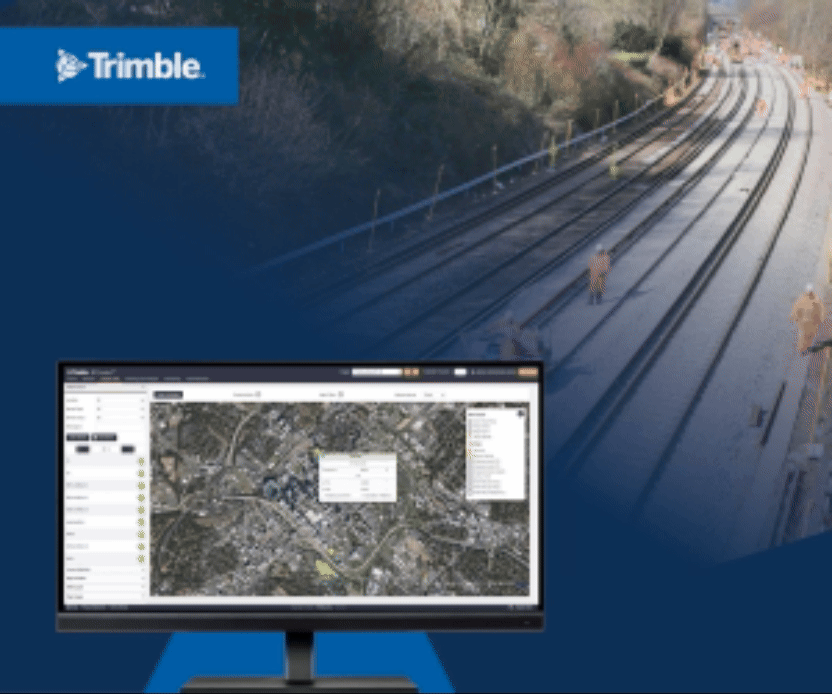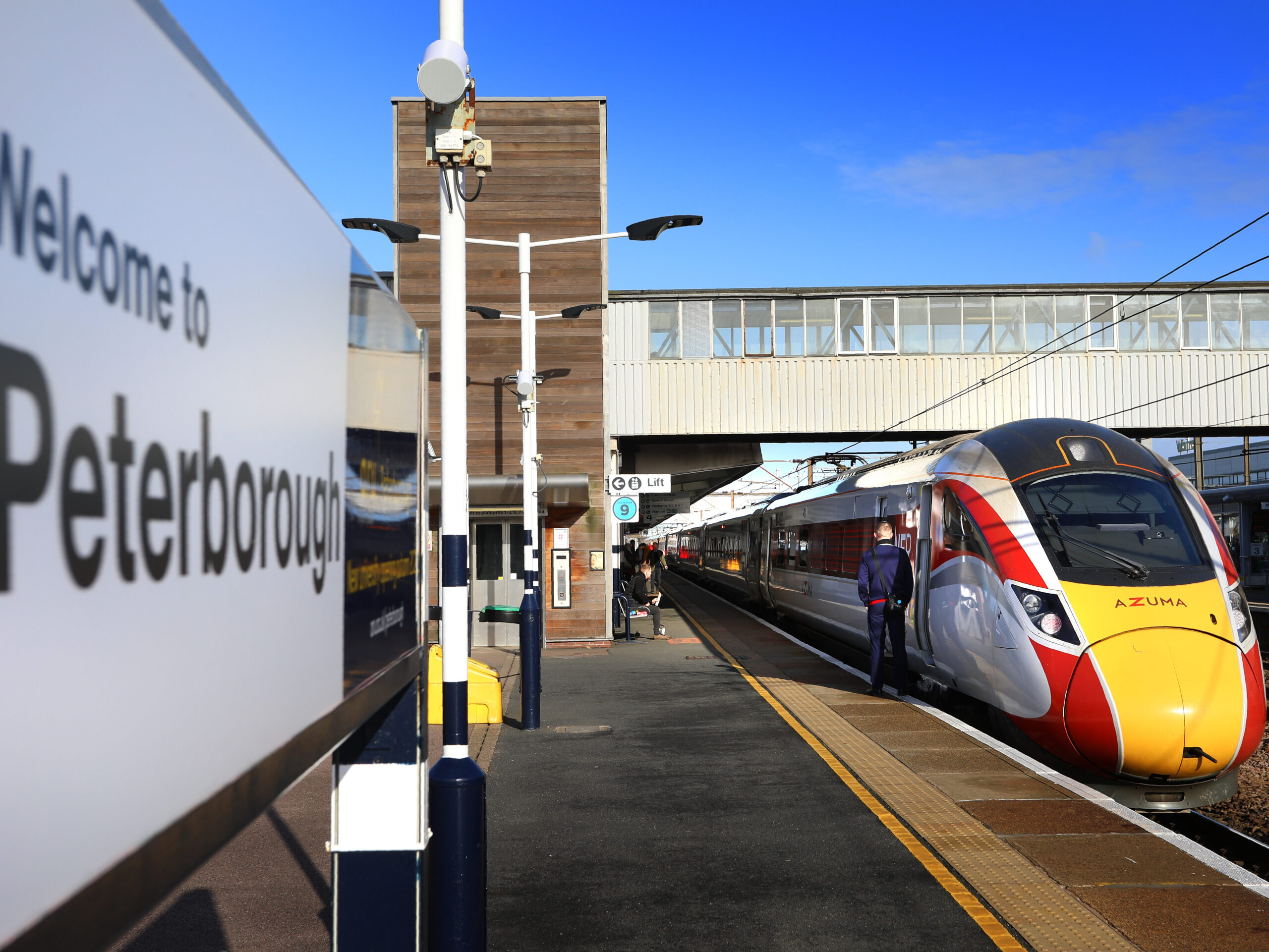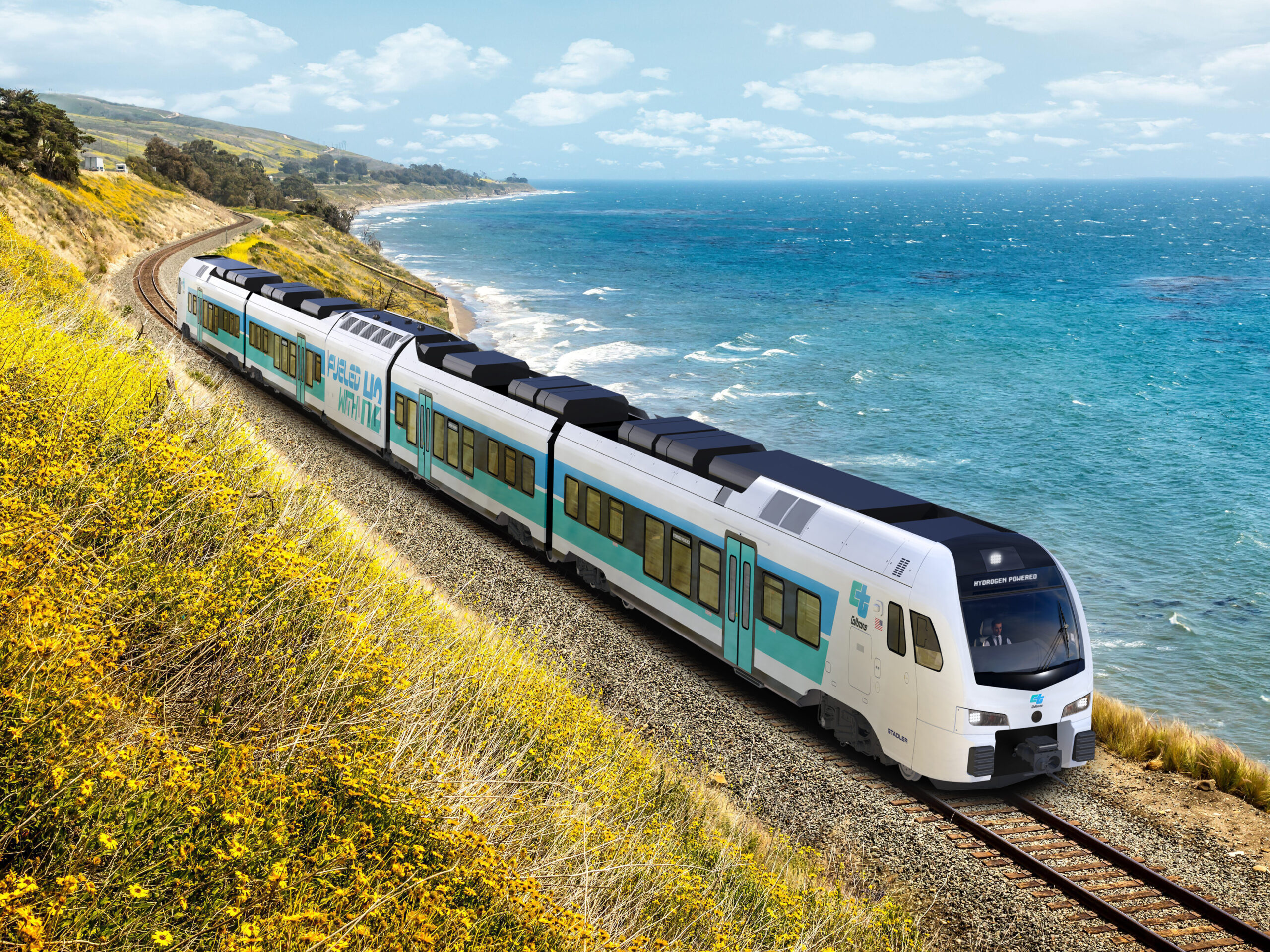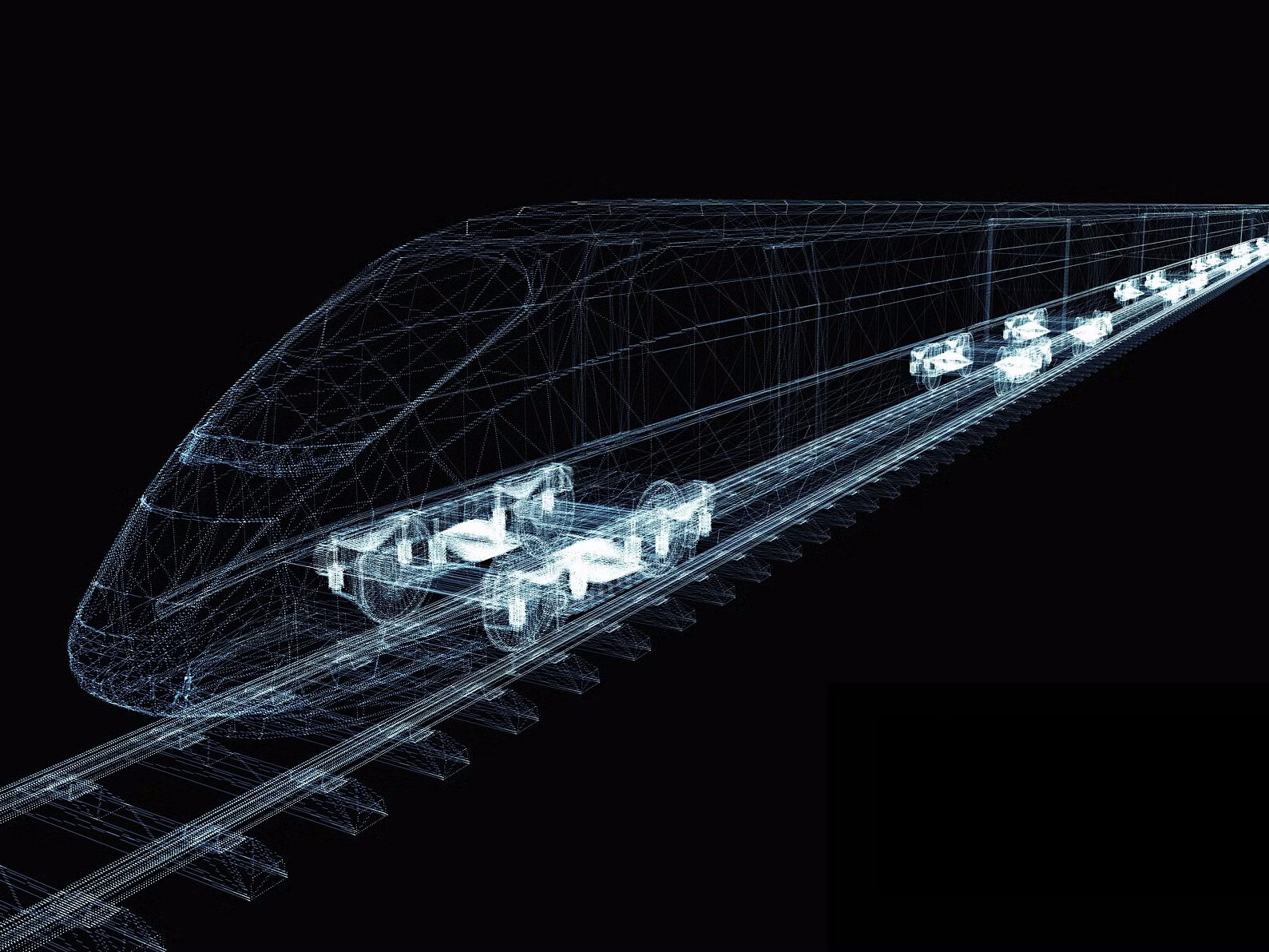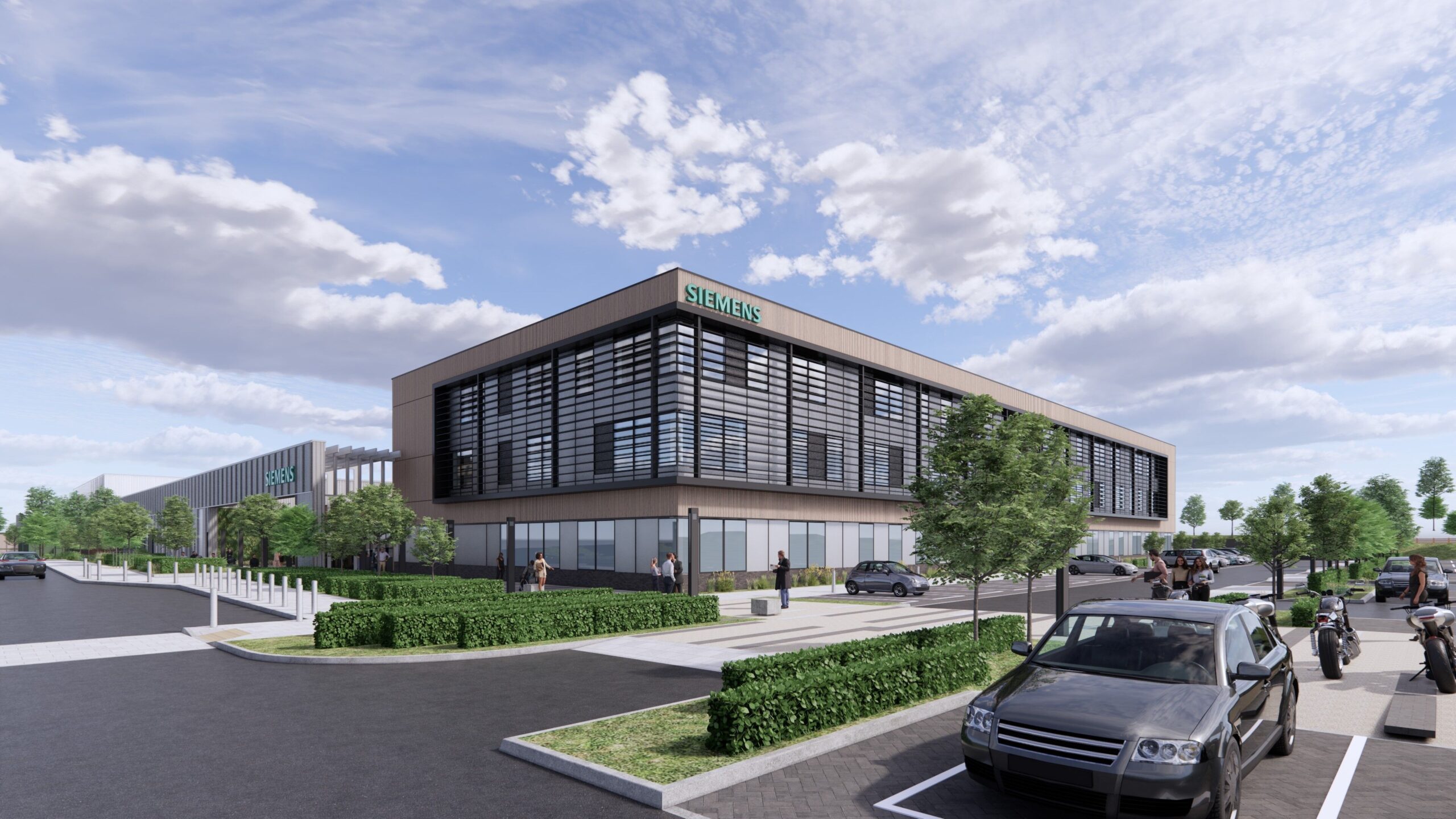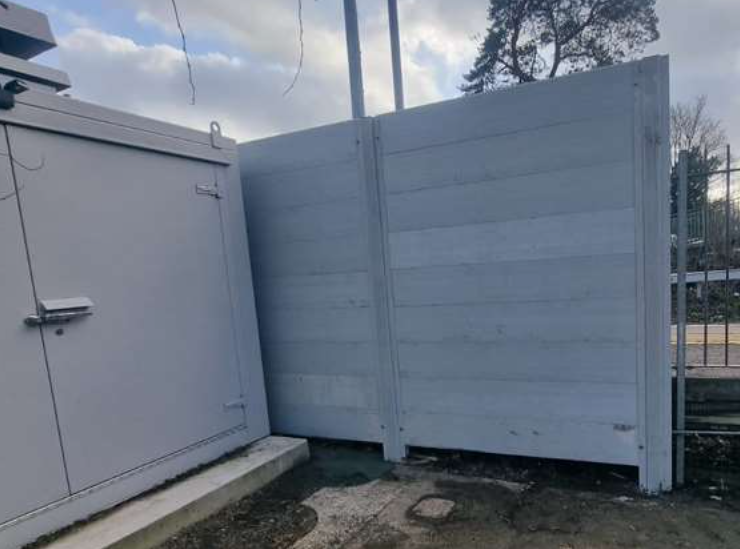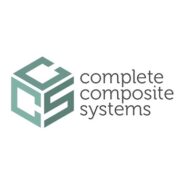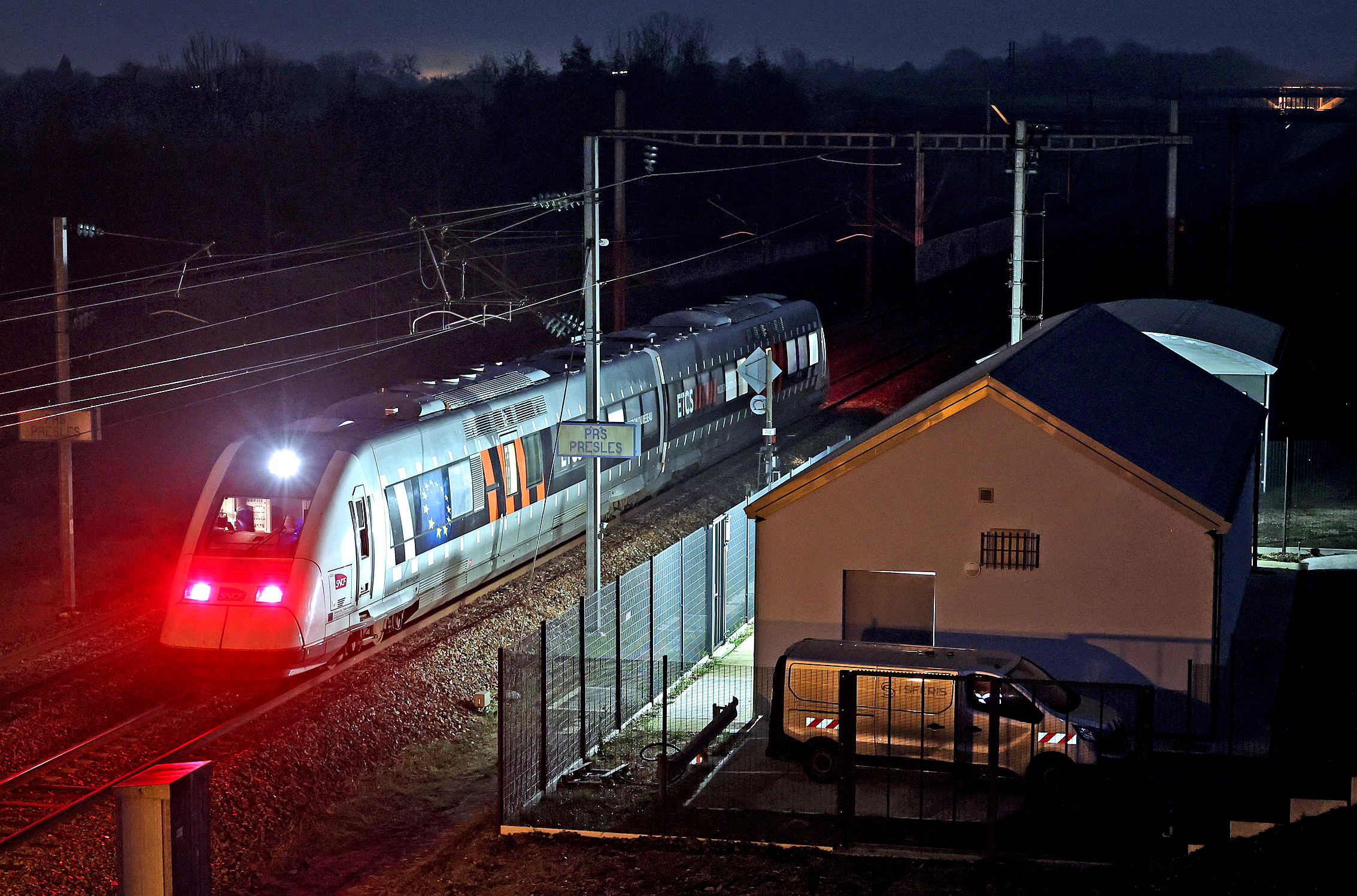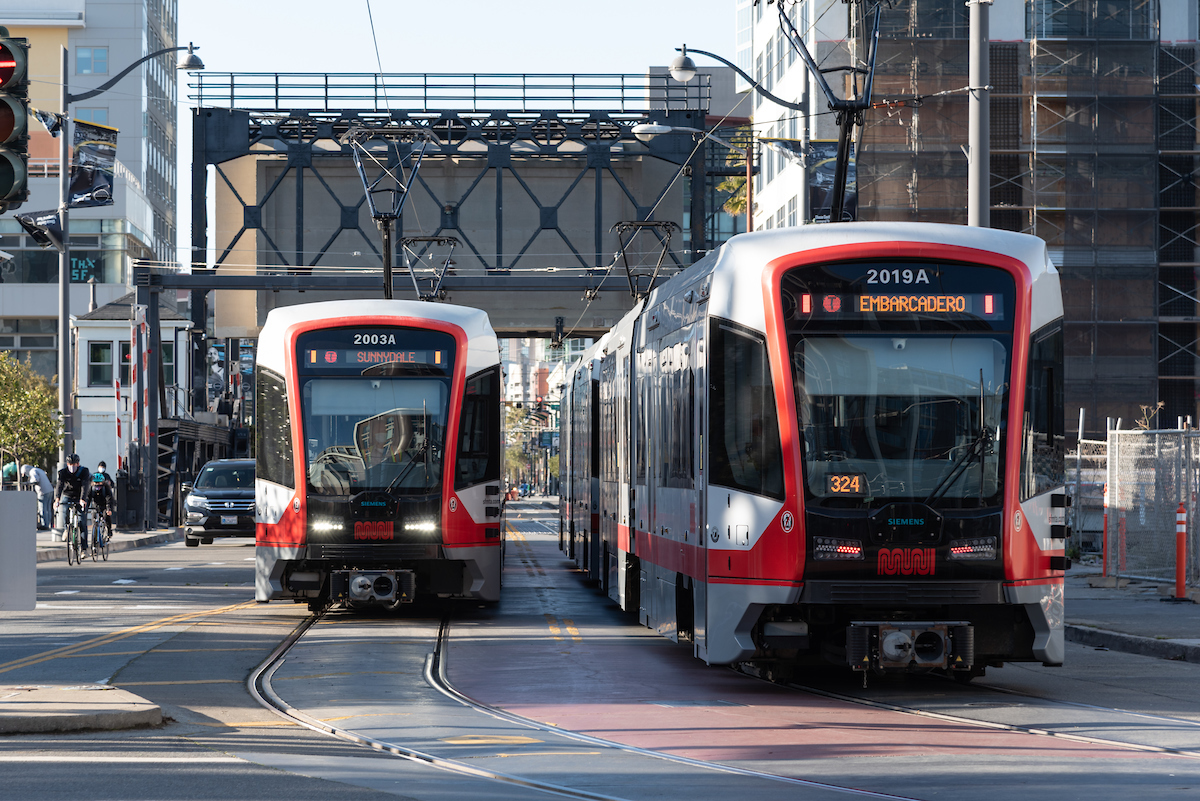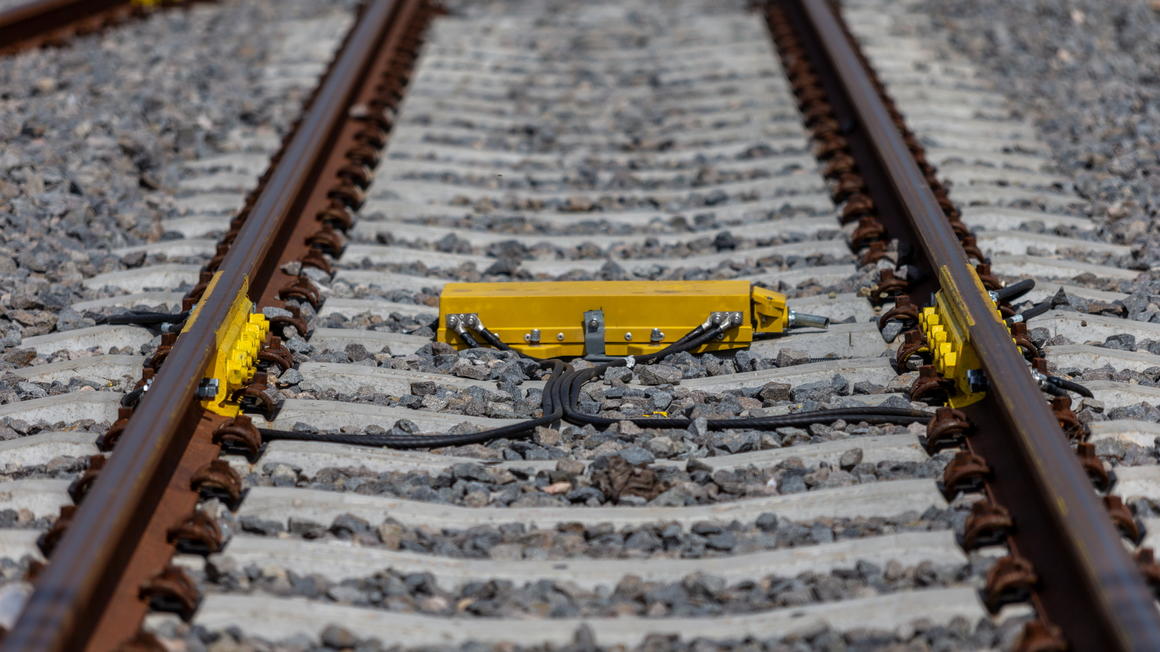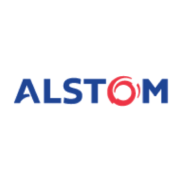SNCF Réseau has provided an update on the development of the Future Railway Mobile Communication System (FRMCS-5G) through its involvement in prototype projects across Europe.
What is FRMCS-5G?
FRMCS-5G is expected to replace GSM-R (2G) by 2035. It will be an interoperable system that will boost network performance.
GSM-R is currently one of two components that make up the European Rail Traffic Management System (ERTMS) being rolled out across Europe.
The signalling for this system is provided through the European Train Control System (ETCS), while communication takes place via the Global System for Mobile Communications – Railways (GSM-R).
This communications system uses radio to allow train drivers to keep in touch with rail traffic regulators and to send and receive radio alerts. For ERMTS, it is also used to transmit digital information between the driver’s cab and the equipment on the ground. This radio currently operates using GSM-R (2G) technology, which has been in service for more than 20 years.
FRMCS is still at the prototype stage, but will eventually replace GSM-R in Europe.
This new rail communications system will enable larger volumes of data to be transmitted, received and used than is possible with GSM-R technology.
These capabilities are key for the future of driverless trains, which have greater demands for telecommunications, including more bandwidth and faster reaction times. For example, driverless trains need to be able to send videos with greater efficieny than is possible over 2G technology.
Éric Giraud-Desjuzeur, director of the FRMCS programme at the Directorate-General for Operations and Production explains:This is an essential step if we are to add new rail-related functionalities, such as Automated Train Operation (ATO) in dense areas, for example. FRMCS will be the backbone of ERTMS.
FRMCS will be based on 5G. It will also be more flexible than GSM-R by differentiating radiocommunications and railway applications. This will mean that applications do not have to be reworked if there is a hardware change in telecom technology, such as the launch of 6G.
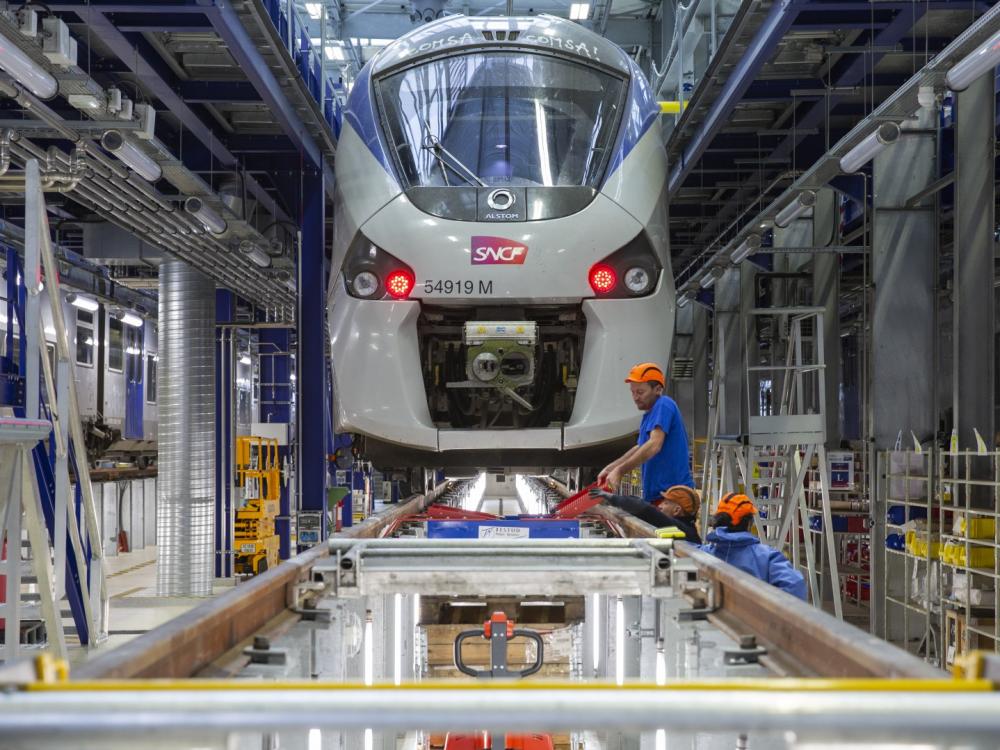
Stéphane Guillemaut, head of the Systems and Innovation section at the Unified Telecoms Division said:This 5G will be identical to the one we use every day. In some cases, therefore, we will be able to use operator networks instead of building very expensive infrastructure. The only difference is that we have added a layer of security, as is already the case in the army and the police.
The European Union Agency for Railways (ERA) published the first version of the FRMCS Technical Specifications for Interoperability in 2023, and is expected to provide a second version in 2027. In the meantime, the deployment of experimental lines is scheduled to start in 2025.
The transition to FRMCS at a national level in France will then take place between 2028 and 2035. This will include gradual commercial operation from 2032.
The efficency of this timeline is driven by the upcoming obsolescence of GSM-R, for which some manufacturers are planning to discontinue maintenance from 2030.
Éric Giraud-Desjuzeur states:As part of the pre-project studies, we are planning tests on a high-speed line in France, a test track in Germany and on conventional lines in Europe. We are also taking part, with manufacturers and several European infrastructure managers, in other Research & Development projects such as 5G-RAIL.
SNCF Réseau’s FRMCS Projects
SNCF Réseau is carrying out Research & Development projects to advance FRMCS deployment. To do so, it has partnered with manufacturers including Siemens, Alstom, Kontron, Thalès and Nokia, as well as and other European infrastructure managers such as OBB in Austria, SBB in Switzerland, DB Infrago in Germany, ADIF in Spain, and Prorail in the Netherlands.
5G-RACOM
5G-RACOM (5G for resilient and green RAil COMmunication) is a Franco-German project that is studying solutions for the efficient, reliable and sustainable use of FRMCS.
This project aims to study, develop and test radio technologies that can support both 2G and 5G systems during the migration phase.
It is is supported by the French government under the France 2030 investment plan.
5G-Rail
This project concluded in Decemner 2023. It involved building and tetsing the first FRMCS technology prototypes.
R2 DATO
The R2 DATO programme focuses on train automation, with a growing emphasis on FRMCS.
MORANE 2
The MORANE 2 (MObile Radio for RAilways Networks in Europe) project is also known as Destination 2. This programme is currently under contracution and will run for three years between 2024 and 2027.
Ultimately, it plans to enable product development standards to be validated.










